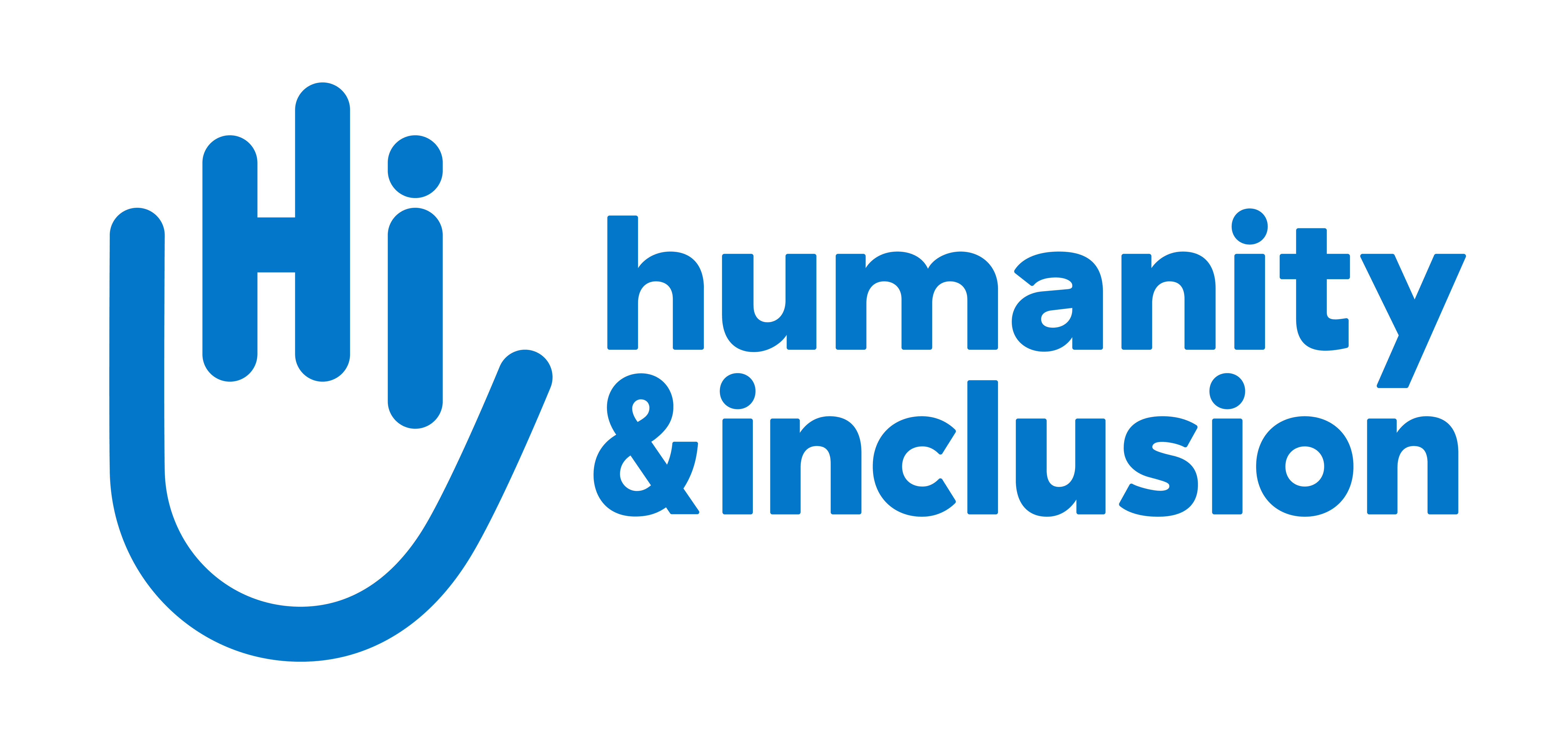How to prepare for active conflict
HI will work with communities in Ukraine to help them adopt conflict preparedness behaviors before, during and after armed attacks.
A man stands next to houses destroyed by armed violence in Irpin, Ukraine. | © T.Mayer / HI
“Air strikes, missile attacks and artillery bombardments in densely populated areas continue to damage and destroy urban centers, residential buildings, schools, hospitals and critical infrastructure,” says Perrine Benoist, Technical director of armed violence reduction at HI.
As populations continue to be exposed to armed attacks in the ongoing conflict, HI will be implementing a dual approach of explosive ordnance risk education in Ukraine, including conflict preparedness and protection initiatives.
Conflict Preparedness and Protection
“When people typically think of explosive ordnance risk education, the focus is usually after a conflict,” says Celine Cheng, HI Explosive Ordnance Risk Education Specialist. “We show people what explosive ordnances look like, and teach them how to be careful around them. But, what we want to do in Ukraine is include conflict preparedness and protection, which teaches populations what to do before, during and after an eventual armed attack.”
To prepare for conflict situations before they occur, communities are taught how to create and identify a safe room to hide in case of attack (on a lower level, away from windows, away from external walls, etc.), and how to prepare “hibernation kits” with sufficient food, clean water, medicine and hygiene supplies. They are also taught about the importance of preparing a “grab bag,” a small backpack of essential items such as cash, first aid supplies, original legal documents, water, food, a flashlight and a charged phone, in case of an emergency evacuation.
“At HI, we also have an added value of helping secure people with disabilities who might be in a household during a conflict. What do you do if there’s a person with a disability who can’t go down to the bunker? What to do if there is no bunker? What are the best evacuation procedures? We make sure people have these answers,” Celine explains.
In addition to preparations before a conflict situation, families are informed of how to quickly recognize the signs of an attack, where to take cover, and how to protect their bodies from the impact of a blast.
“If people are in a building when an attack occurs, they should move away from windows, doors and anything pinned to the walls. They can take immediate cover under a sturdy piece of furniture and lie face-down, flat on the ground, covering their eyes and ears, keeping their mouth open to prevent internal damage from blast pressure.”
Finally, they are taught to recognize when the area is safe again, and what to do in the aftermath of conflict.
HI prepares at-risk communities
HI will implement risk education and conflict preparedness and protection initiatives in the East and West of Ukraine by:
- Deployment of risk education teams in Chernivtsi, and Dnipro
- Providing community-level risk education sessions in schools, community centers, etc.
- Distributing printed education materials such as brochures, posters and pamphlets on hazard identification, safe behaviors and conflict preparation tips
- Providing risk education trainings to humanitarian actors and community focal points, including first responders, volunteers and metro workers
- Launching media and remote campaigns to share information digitally to isolated and insecure areas





